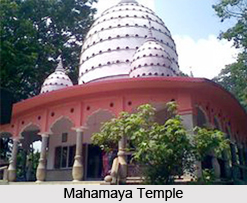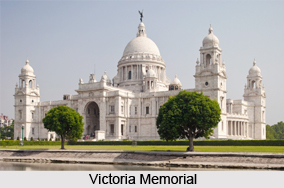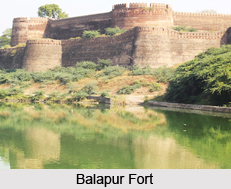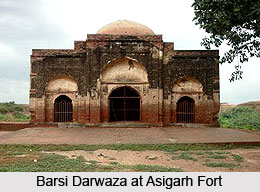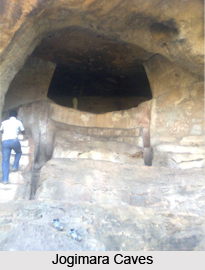Islamic Art during Delhi Sultanate is the pedestal that joined the ancient Islamic Art and the modern Islamic Art. Islamic art includes the entire plethora of artistic works produced from the 7th century onwards in places that were inhabited by Muslim populations. The entire gamut of Islamic architectural works includes fields as varied as architecture, calligraphy, painting, and ceramics, among others. It must be noted that Islamic art does not just refer to the religion only. It includes the rich and varied Islamic culture as well. In fact Islamic art has been known to adopt a number of secular elements as well, though they are frowned upon by the staunch traditions and theologians. To a large extent, Islamic art has centred on exhibiting patterns and Arabic calligraphy. Human figures are not usually depicted as it is seen as a form of idolatry which is prohibited by the Holy Quran as it is a sin against Allah. Islamic arts have developed across the length and breadth of the world in keeping with the local traditions and styles. The various works of Islamic art include calligraphy, miniatures, music, painting, pottery and many more such works of art.
Islamic art in India came with the advent of the Delhi Sultanate and the Slave dynasty. They brought with them elements and styles of Islamic art. With the founding of Islamic kingdoms in Gujarat, Kashmir, Bengal, Malwa, Jaunpur and the north Deccan, Persian traditions gradually started fading away and an original form of Islamic art was now developed. This art was the result of the interaction between Muslim and Hindu art of the region. Though artistic objects were not much in production at this time, manuscript illumination was a major art during this initial era of Muslim rule in India. The Sultanates were later replaced by the Mughals and the greatest Islamic art in India was produced during this period. There was seen the development of a distinctive plan and style in Islamic Architecture, and this was seen reflected in the various splendid monuments built during this time.
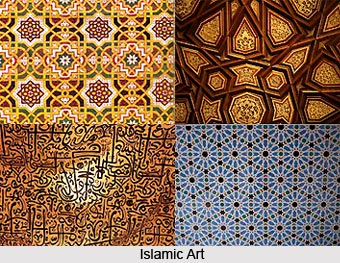 The art of jewellery carving and hard stone carving of the various precious gemstones such as rubies, diamonds, emeralds, jade etc were in vogue during the Mughal times. The series of hard stone daggers in the form of horses` heads is particularly impressive. Metallurgy was also a fine art practised by the Mughals. Not only did they refine the locally produced Wootz steel, but they also introduced the newer Damascus steel. They introduced the `Bidri` technique of metalwork in which silver motifs are pressed against a black background. Seamless celestial globes were created by famous Mughal metallurgists such as Ali Kashmiri and Muhammed Salih Thatawi. Persian and Hindu influences can be perceived in a number of Mughal works. The rich Islamic arts in India were later greatly added to by the splendour and majesty of the regal Nawabs.
The art of jewellery carving and hard stone carving of the various precious gemstones such as rubies, diamonds, emeralds, jade etc were in vogue during the Mughal times. The series of hard stone daggers in the form of horses` heads is particularly impressive. Metallurgy was also a fine art practised by the Mughals. Not only did they refine the locally produced Wootz steel, but they also introduced the newer Damascus steel. They introduced the `Bidri` technique of metalwork in which silver motifs are pressed against a black background. Seamless celestial globes were created by famous Mughal metallurgists such as Ali Kashmiri and Muhammed Salih Thatawi. Persian and Hindu influences can be perceived in a number of Mughal works. The rich Islamic arts in India were later greatly added to by the splendour and majesty of the regal Nawabs.
Islamic Art in India during Mamluk Dynasty
Islamic art greatly flourished during Mamluk dynasty. Artistic activity in this era continued despite of the internal struggle and new concepts and styles were developed. Influences of different regions can be seen in the artwork of this period. The art of this period includes wood art, enamelled and gilded glass and inlaid metalwork. Islamic art during this period inspired the subsequent dynasties greatly.
Islamic Art in India during Timurid Period
A brilliant era of Islamic art initiated during Timurid period where adept craftsmen from different regions were brought to create beautiful manifestation of Islamic art. Timurid rulers were very passionate about art and were also the patrons of many books on art. Their libraries nest several manuscripts and books pertaining to Islamic art.
Islamic Art in India during Mughal Period
During Mughal reign, Emperor Akbar is considered as the first patron of Islamic Art. Various buildings and monuments were built during his rule which has magnificent specimens of Islamic art. Fatehpur Sikri, near Agra is adorned with beautiful artistry. Islamic art during his reign also had influences of Persian, European as well as Indian arts. The artisans, in fact, belonged to different cultural communities. In seventeenth century, painting evolved to a more exquisite form under the rule of Mughal Emperors Jahangir and Shah Jahan.
Islamic Art during Medieval Period had provided some of the most admirable arts of India. The influence of this art can be seen in different forms of crafts as well as on other forms of arts too. Be it paintings, wood carvings, stone works or architectural patterns, Islamic art had conferred immense beauty and uniqueness to them. This art even amalgamated with other art forms to create new styles and concepts during medieval age.
